Open Cities 7 Less Visible Minorities
Open Cities 7
Less Visible Minorities
The initial objectives of the Open Cities network was threefold. It aimed at a workable definition of ‘openness’ for cities, based on economic, regulatory, cultural, amenity, connectivity, accessibility, risk, internationalisation and leadership factors to examine how cities can shape their policies to attract and retain international populations, the assumption being that ‘success’ (not specified) of cities depends on building, attracting and retaining human capital. Secondly, the Open Cities network was going to produce guidelines and examples of best practice of how diversity in cities can help drive success. The third objective was to produce a diagnostic tool for cities to test their openness profile and their capacity to include the potential and contribution of migrants in their planning. They chose to concentrate on ethnic minorities, although it is not established that these are the sole contributors to diversity and the ‘success’ of cities in global competitiveness.
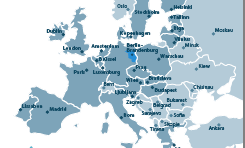
Dia 1 Blurring boundaries
What is meant by Open Cities?
Let us reconsider what can be understood by ‘Open Cities’. ‘Open’ is related to social (economic) behaviour, and socio-cultural settings (milieux), while ‘Cities’ refers to existing spaces which accommodate changing socio-cultural and economic activities which are putting changing demands on them. Implied in the concept of ‘Open Cities’ is the notion that there exists a solution to make cities more accommodating to the socio-economic demands of their changing population. However, as both the physical settings and the structure and function of local societies differ enormously between cities even within Europe, there cannot be a ‘one size fits all’ solution for a ‘co-evolution’ of socio-economic and spatial development policies (a term coined by IRS of which more below).
Container and contained
The existing ‘container’ of action and change – the city – is a given, interdependent with those who live, work, play and learn there at any moment in time. Change of physical structures contains far greater inertia than change of socio-economic behaviour within physical structures. However the socio-economic context which influences individual and group behaviour has also some inertia. Conflicts arise in two ways. They occur when changes of internal rules of socio-economic action introduced by contextual changes outside the control of the locality – the city – have uneven effects on the recipients within the city. This may include macro-economic changes like the current banking crisis. Secondly, they may occur when cultural values and rules are being imported by newcomers who continue to live according to them rather than to the ones of their newly adopted living environment.
Migration has been a major trigger in putting the issue of ‘Open Cities’ centre stage. However, it should not be confined to immigration of ethnic minorities. Openness, or lack of it, includes ‘class’, ‘language’ (idioms, dialects, accents) and other cultural or interest based contradictions. It is important to rethink what is meant by ‘minorities’ and by ‘class’ in a globalising world and how they affect cities. For example, the definition of class has changed over time. In the UK it shifted from social, to socio-economic and increasingly economic criteria based on income and wealth alone, thereby shifting the status of various socio-economic groups. Another example is the increasing proportion of ethnic minorities and people in a the city born outside the country, and at what moment the ‘native’ population perceives this as a threat to their lifestyles. What unites such conflicts is perceived or real powerlessness of specific groups in specific places.
The East German perspective
The eastern part of Germany is a unique laboratory to examine the issues of openness related to cultural as well as spatial and economic dimensions, as it has been subjected to two opposing political regimes at a stroke. IRS, the Leibniz Institute for Regional Development and Structural Planning <http://www.irs-net.de/> is researching the development of this part of Germany according to a hypothesis of ‘co-evolution’ between knowledge, milieu and space. Disp The Planning Review of the Swiss Federal Institute of Technology <www.disp.ethz.ch> has dedicated several issues to IRS research which is relevant to Open Cities. The researchers elaborated concepts to identify socio-spatial transformation types, based on socio-cultural knowledge and politico-administrative space. They decided to pragmatically confound findings from theorising, empirical studies and practice to construct what they call ‘knowledge-scapes’. Akin to the Open Cities project, this research has a practical goal to inform development policies.
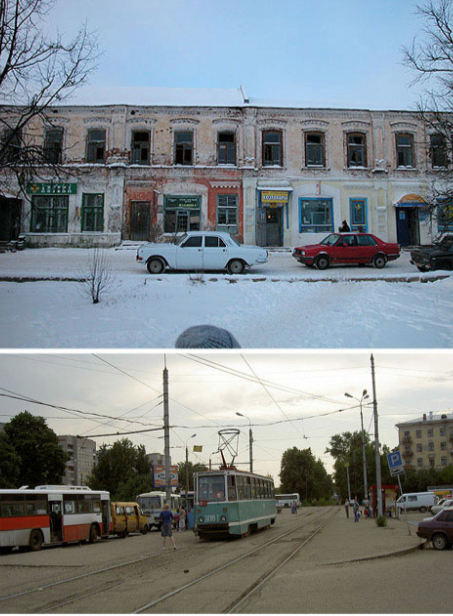
Dia 2 Dia 3 Shrinking cities
Studies revealed that despite the ubiquitous intention of east German cities to improve their competitive position through innovation (i.e. attracting international knowledge capacity) many of them underwent shrinking rather than expansion, emigration of knowledge workers rather than newcomers. Such declining trends were confined to specific locations though, sometimes places within cities, while other adjacent areas were developing and innovating. Thus Greater Berlin became embedded into a disparate and heterogeneous development context.
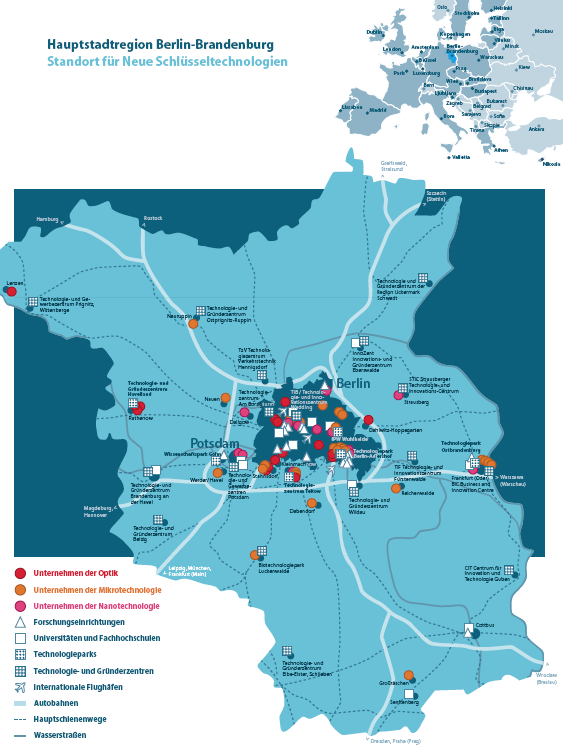
Dia 4 Location of innovative techno parks
Lessons for minority integration?
According to IRS research, the contrasting outcomes depended on the Knowledge-Scapes, a combination of the knowledge base, the milieu and the spatial attributes of specific areas. Two examples, Adlershof and Teltow/Stahnsdorf were testing the research design. Both are new techno-parks on industrial sites in what were parts of East Berlin. They shed interesting lights on the necessary but differentiated ingredients of successful knowledge-scapes and the nature of their interaction with their surroundings in terms of time, space and mindsets. Surviving trust relations were instrumental in the success of Adlershof, a political flagship with considerable financial support after the reunification of Germany.
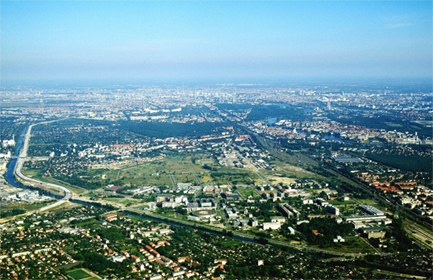
Dia 4 Aldershof science and media park
Teltow was driven by market dynamics, breaking with the past and building new trust relations within the prosperous south-western suburban belt of prior West Berlin. Mobilised by crisis driven learning processes both managed to reintegrate the previous engineering competence, one with product- and process knowledge, the other with market knowledge, to generate competitive high tech niche market outputs. These are successful examples of cultural, instead of ethnic minority integration into mainstream mentality.
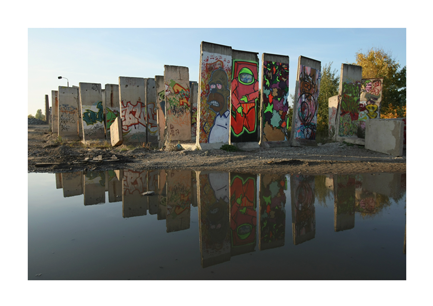
Dia 5 Remains of the Berlin wall
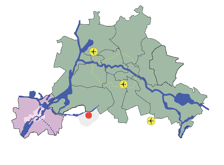
Dia 6 Location of regenerated Teltow
- The challenge for the Berlin-Brandenburg region where growth, stagnation and shrinkage exist side by side is how to build a comprehensive development strategy based on these space-bound successes of minority integration and adaptation.
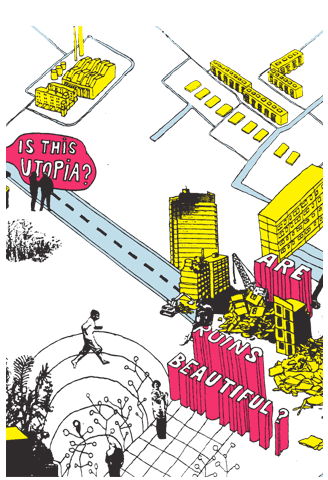
Dia 7 Shrinking cities revisited
End.
